 Francis Alys:Fabiola
Francis Alys:FabiolaOne of the required class texts is John Berger's, Ways of Seeing. In discussing the first chapter we spent a good deal of time talking about issues of reproduction, originality and place. A work of art, the physical object, is created with the intention of physicality. The surface of the work is imprinted with the presence of the artist's actions. It's generally assumed that this surface will be received (seen) by an individual viewer in a specific location offering what Daniel Siedell refers to as "a unique and complex "hypostatic union" between sensuous material and rational ideas." While reproduction and the technology of distribution provide a democracy of accessibility one does have to seriously consider what is lost in the vision and voice of the work when it is delivered/received via web or powerpoint.
A few days after the class discussion I stumbled into an amazing exhibition at LACMA. Francis Alys: Fabiola, a collection of nearly three hundred objects, all original works, all copies of a single work. The subject matter is a fourth century Christian saint known as Fabiola. The prototype from which every work derives is a lost painting by a late-nineteenth century French academician named Jean-Jacques Henner. Original, reproduction, original.




































































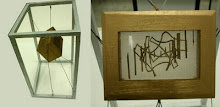



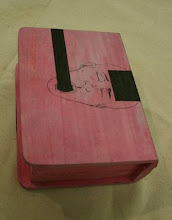
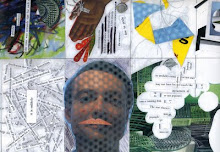
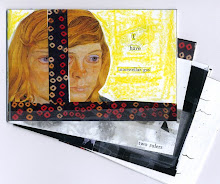
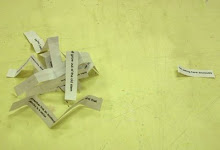
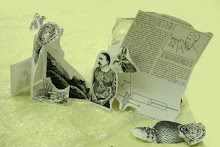

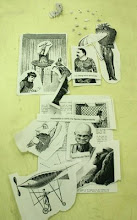
No comments:
Post a Comment